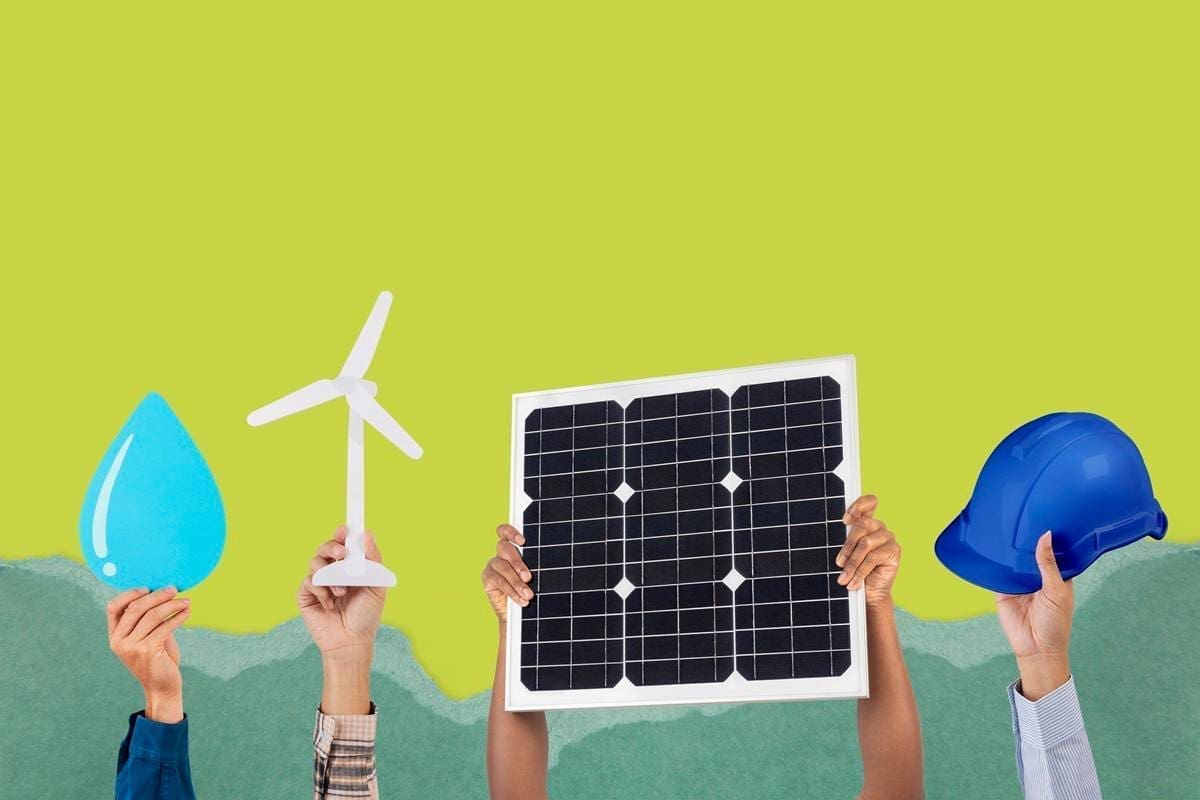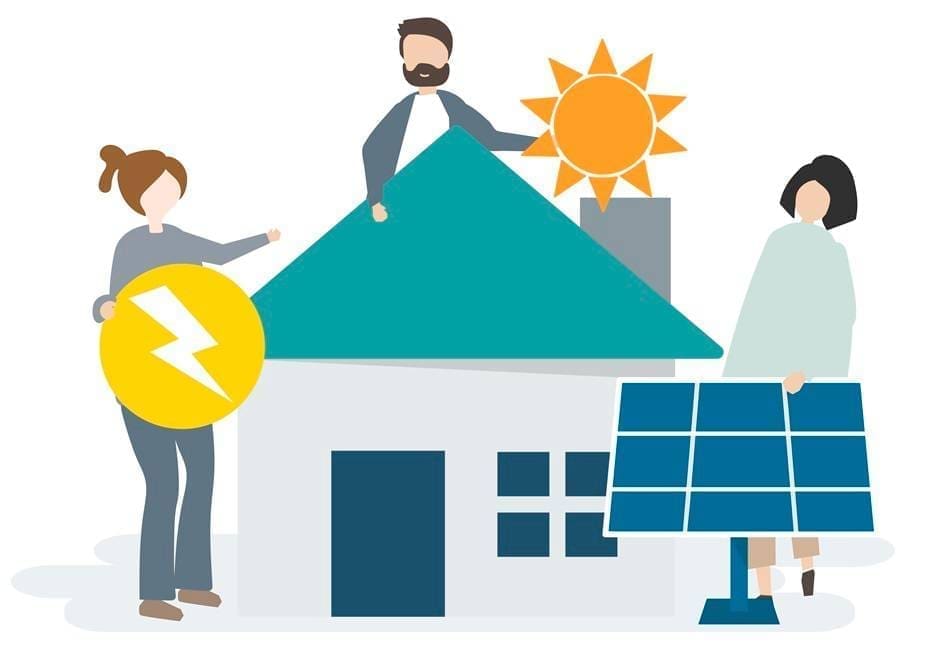Prosumer and distributed generation – investment in development
 Prosumer and distributed generation
Prosumer and distributed generation
The gradual shift away from fossil fuels is no longer the future, but the present. Renewable energy sources are replacing coal as an energy resource. In turn, RES-based energy sector also means the development of small, local sources of energy generation. What does its future look like and what does distributed generation entail?
Technological progress which makes it possible to produce energy at a lower cost, e.g. using RES, leads to the development of distributed generation as a natural accompanying process. Its essence is the dispersion of energy sources, meaning that there are many more of them, they are located in many places and can use local sources of energy as well as balance it locally. This is in contrast to a centralised system, where there are far fewer large energy-producing sources (e.g. power stations) and the energy thus generated is transmitted over long distances.
Distributed generation is also important from the point of view of the economy as a whole, the drive towards climate neutrality, environmental protection or increased energy security. Its dynamic development in recent years can be observed almost all over the world.
Distributed generation – background information
Generating energy from small, local sources means that this type of energy is not subject to central management in the national power system. Initially, this solution was characteristic especially for places that had no connection to the power grid – in rural, less urbanised areas. Most often, sources of this energy are connected to the low and medium-voltage grid.
Over time, interest in distributed energy has also been fuelled by the growing demand for energy, access to appropriate technological solutions and the drive to increase the share of renewable energy sources in the energy mix. It is RES that underpins the development of distributed generation which makes it possible to become independent of fossil fuels and offers many new opportunities in terms of energy production.
Development of prosumer generation
The development of distributed generation is associated with the so-called community energy, where an important part in the energy production process is played by small-scale generation sources, such as domestic photovoltaic installations. These are referred to as prosumer installations. The term prosumer is a combination of the words “PROducer” and “conSUMER“. Thus, it can be seen that prosumer generation involves a dual role: the prosumer, on the one hand, is the one who generates electricity from a micro-installation (from renewable energy sources), and at the same time uses it for personal consumption.
Generating energy close to where it is consumed has many benefits. First of all, it reduces energy losses that occur when energy is transmitted over long distances. Furthermore, a nearby wind farm or photovoltaic installation improves energy security by minimising the negative effects of a potential grid failure. The use of renewable energy sources also translates into lower costs of energy production as well as the development of the public’s environmental awareness of the benefits of clean energy sources.

Prosumer and distributed generation in Poland
Prosumer and distributed generation is one of the pillars of the national energy transition, which aims to decarbonise the Polish economy and increase its security. A greater number of distributed installations reduces the risk of incidents such as blackouts. Poland already has ca. 1.4 million prosumer installations, and this number will grow dynamically in the coming years. Wind farms in Poland are also developing – there are already ca. 1400.
The development of distributed energy also requires investments in infrastructure that keep up with it. A small installation at a local scale also requires a transformer station and power poles for overhead lines or investment in cable lines to be able to supply energy to consumers. The development of power grids is crucial in terms of integrating RES and ensuring security of energy supply.
Distributed generation and energy storage
Another very important aspect in the development of distributed generation is energy storage. It is the answer to the challenge of balancing power grids related to the unstable nature of renewable sources. Investments in energy storage facilities are needed both locally and nationally. Those of greater, more strategic importance are, for example, pumped-storage hydropower stations, while from the perspective of a local generation source, a key role is played by an energy storage facility that increases the flexibility of the grid and helps optimise resource utilisation. It is to be expected that, as the importance of RES increases in the coming years, the demand for energy storage facilities in the power system in Poland will grow.